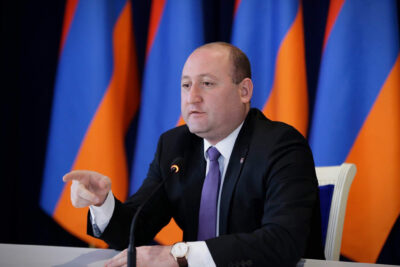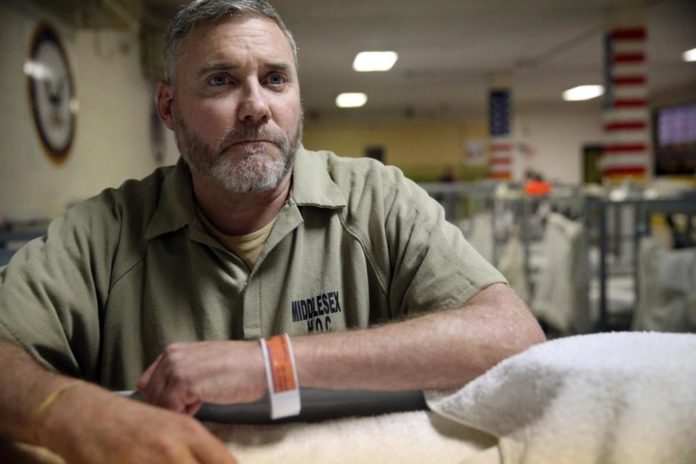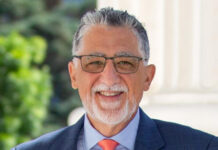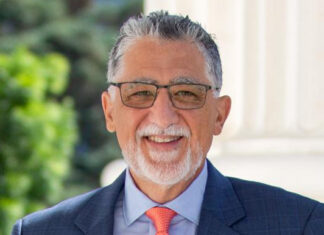By Kevin Cullen
BOSTON (Boston Globe) — A couple of weeks ago, the sheriff of Bristol County got a lot of attention when he offered to send some of the inmates in his care to help build a wall along the Mexican border.
The idea was preposterous, impractical and highly politicized, so of course it got a lot of publicity, generating all sorts of heat and very little light.
In contrast, for the past year, with hardly any attention, Middlesex County Sheriff Peter Koutoujian and his staff have developed an innovative approach that is transforming lives for the better, lowering recidivism rates and raising the odds that those who have served their country can become more responsible, productive citizens.
Friday, January 6, marked the first anniversary of the Housing Unit for Military Veterans at the Middlesex jail and house of correction, the first of its kind in New England, and really the only one quite like it nationwide. Its acronym is HUMV, or Humvee, an armored vehicle that once protected many of the younger vets in the unit.
“We wanted to create a unit that could specifically address the needs of those who have served in the military,” Koutoujian said. “The therapeutic model is unique.”










